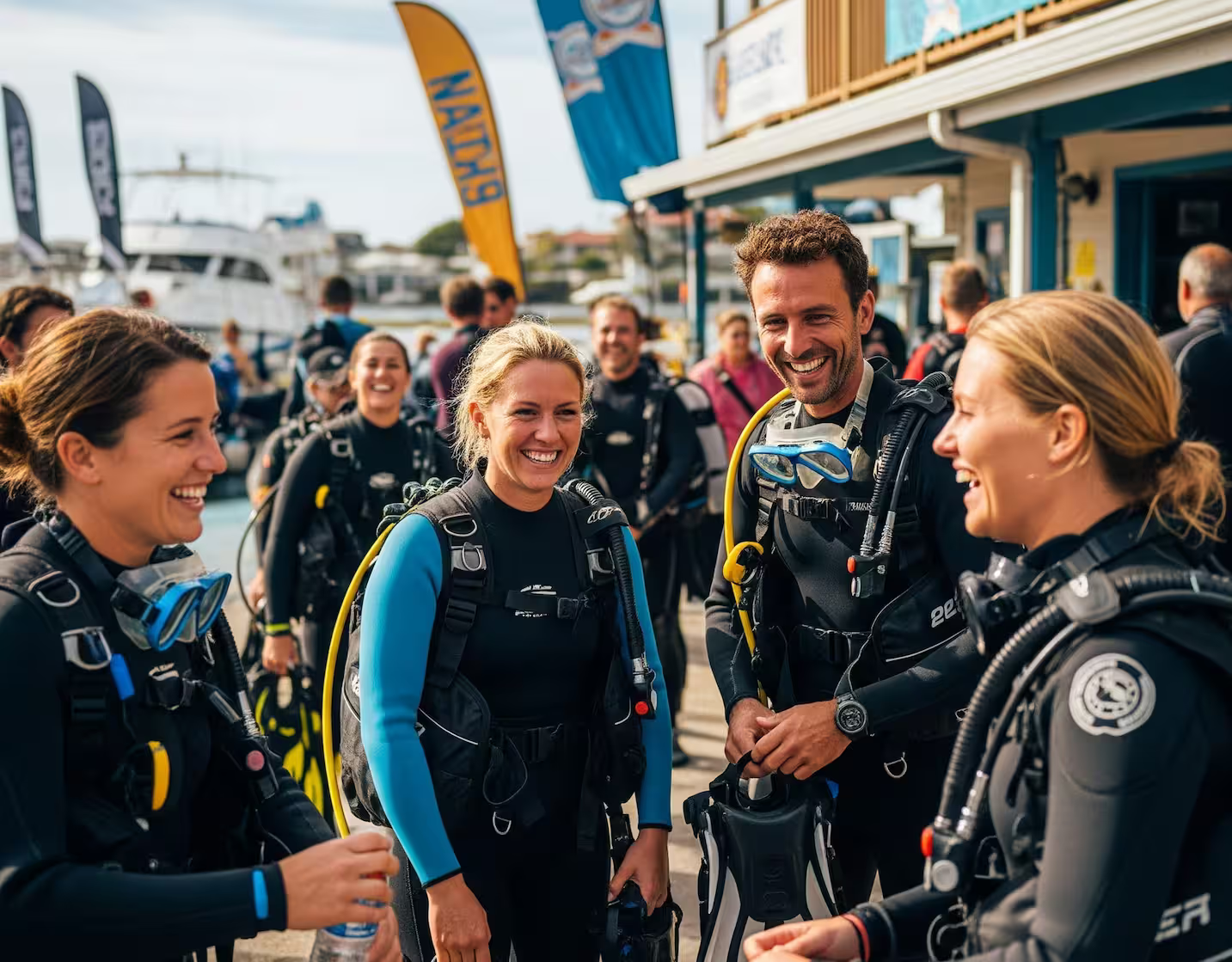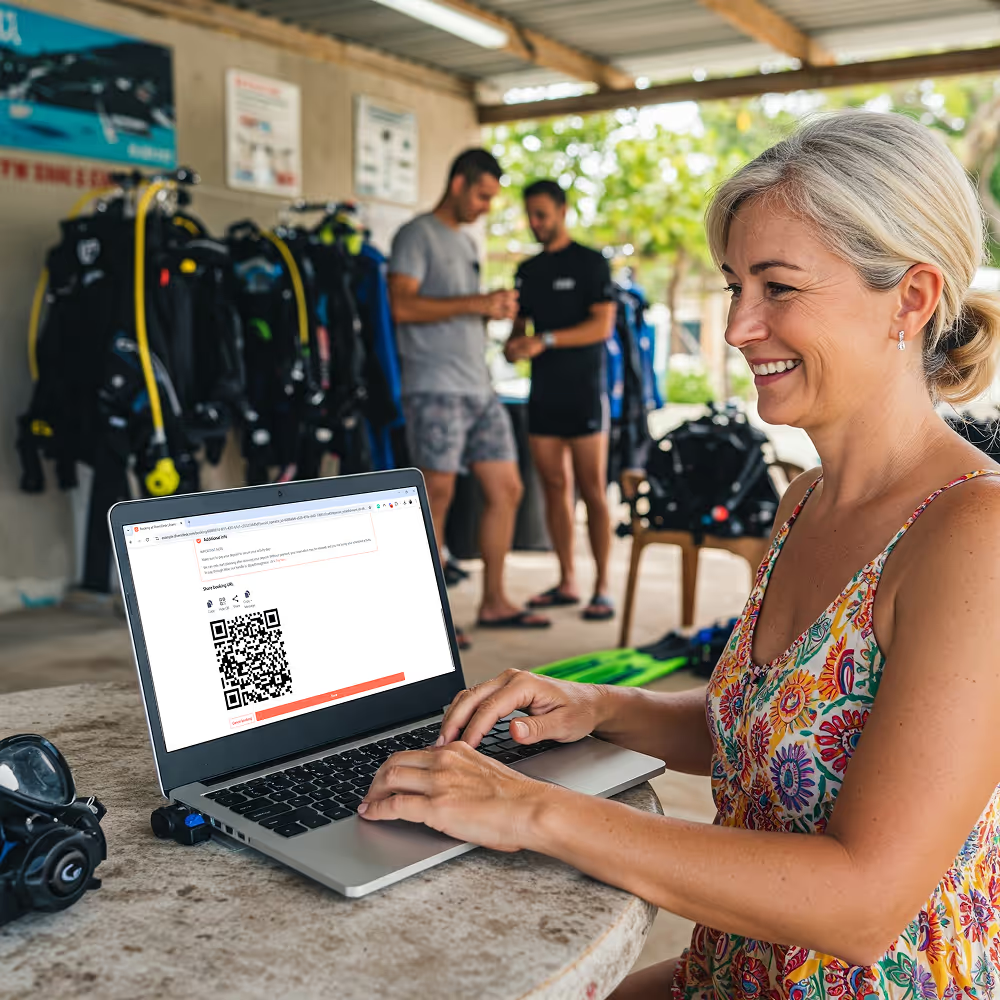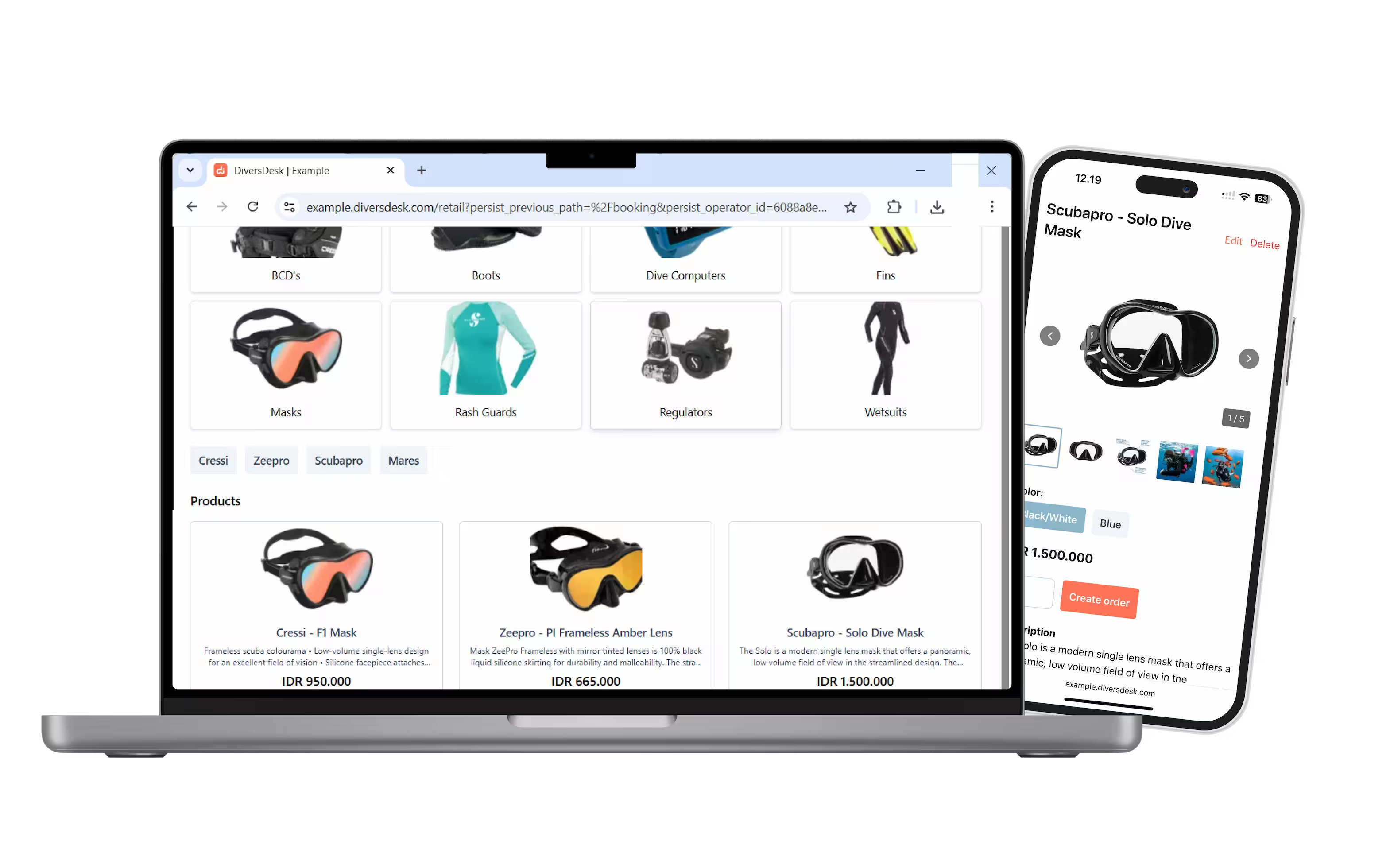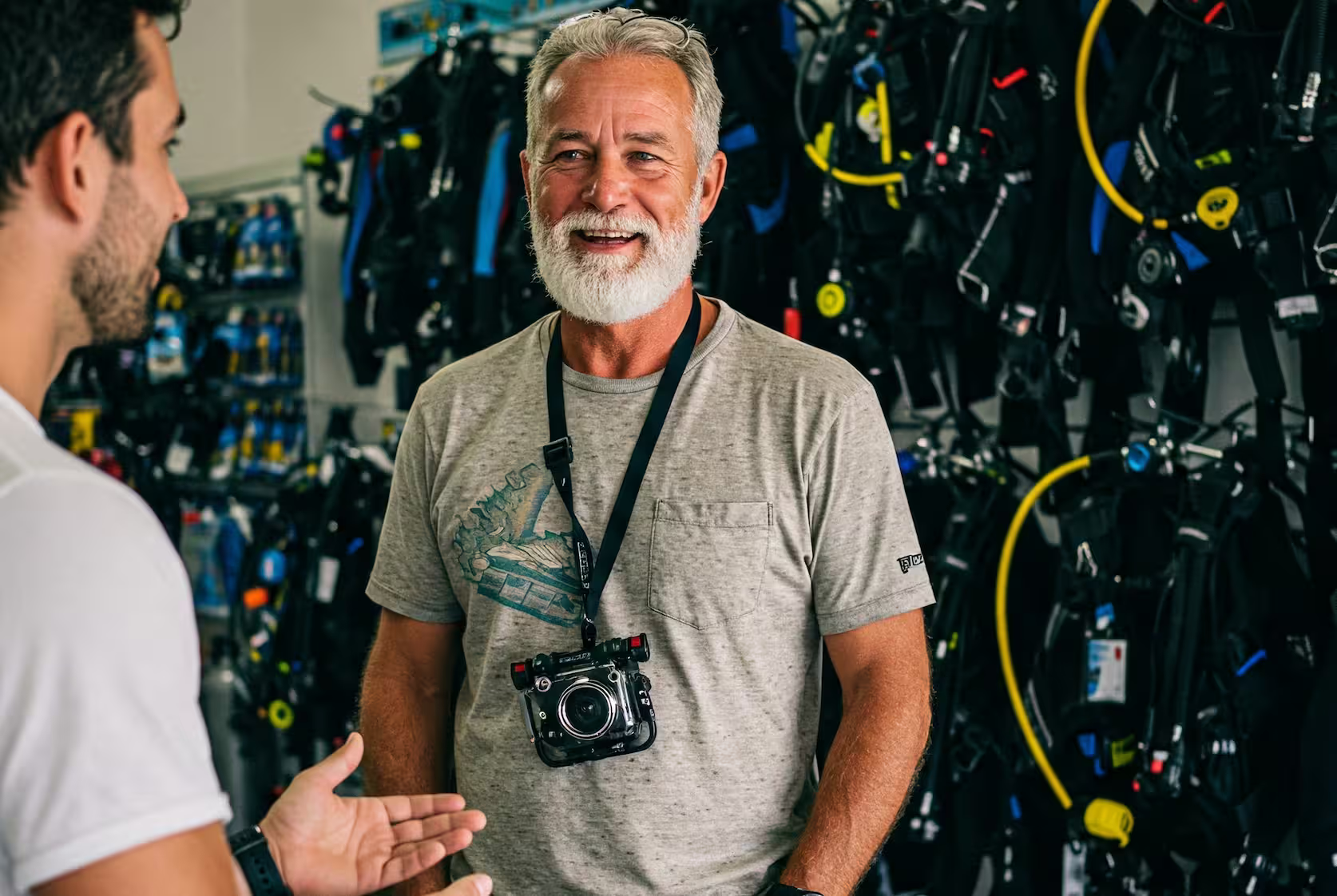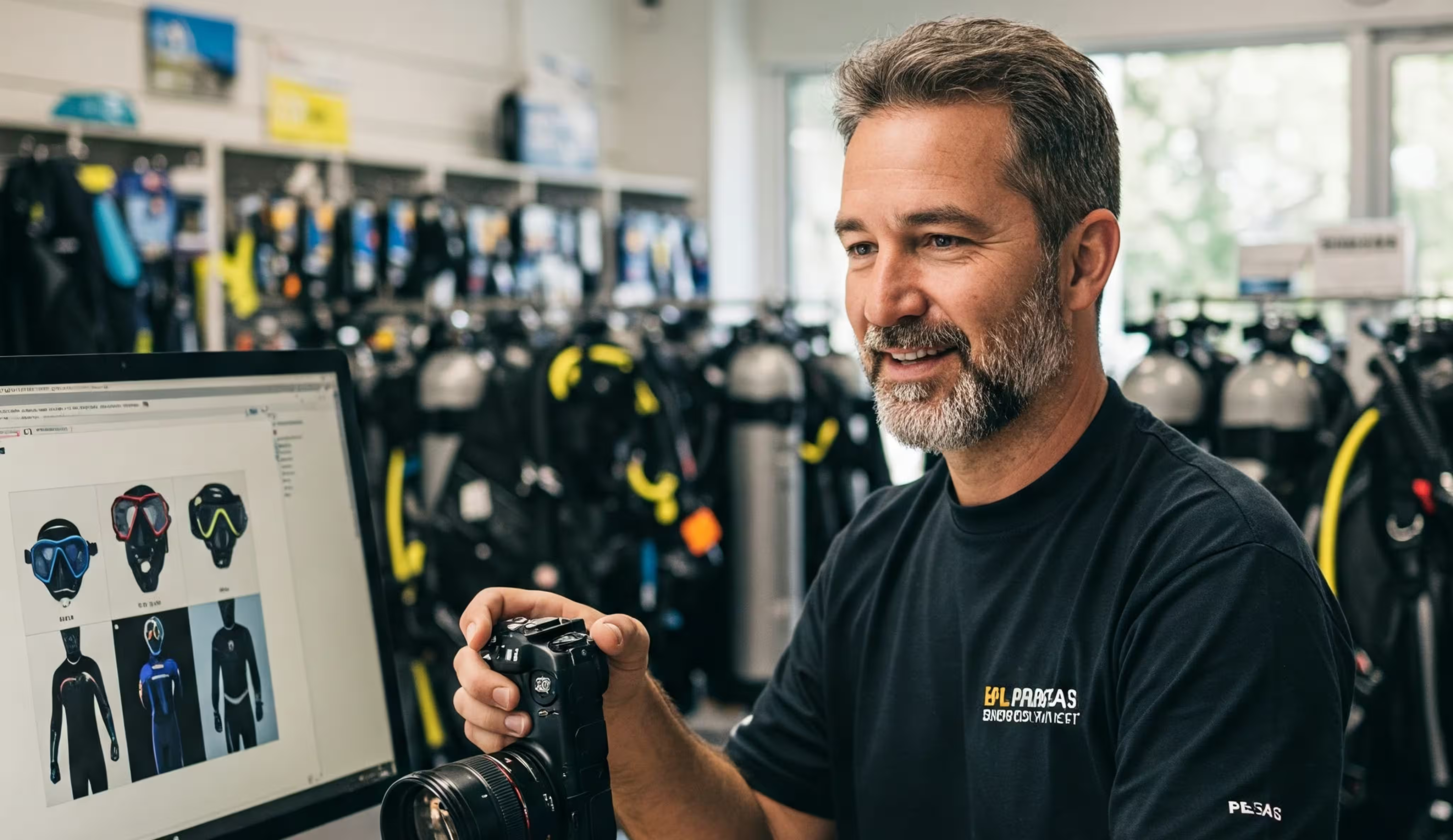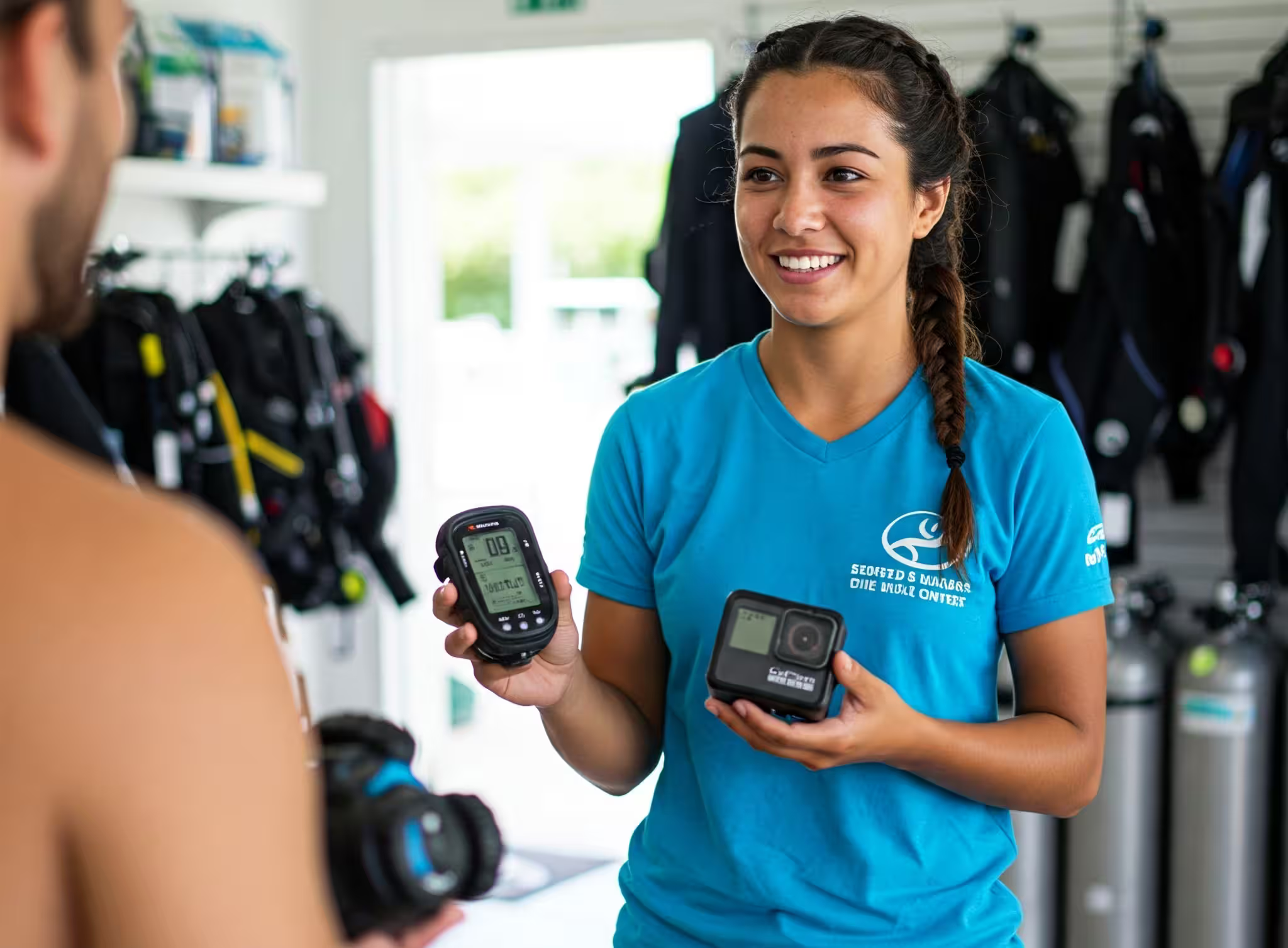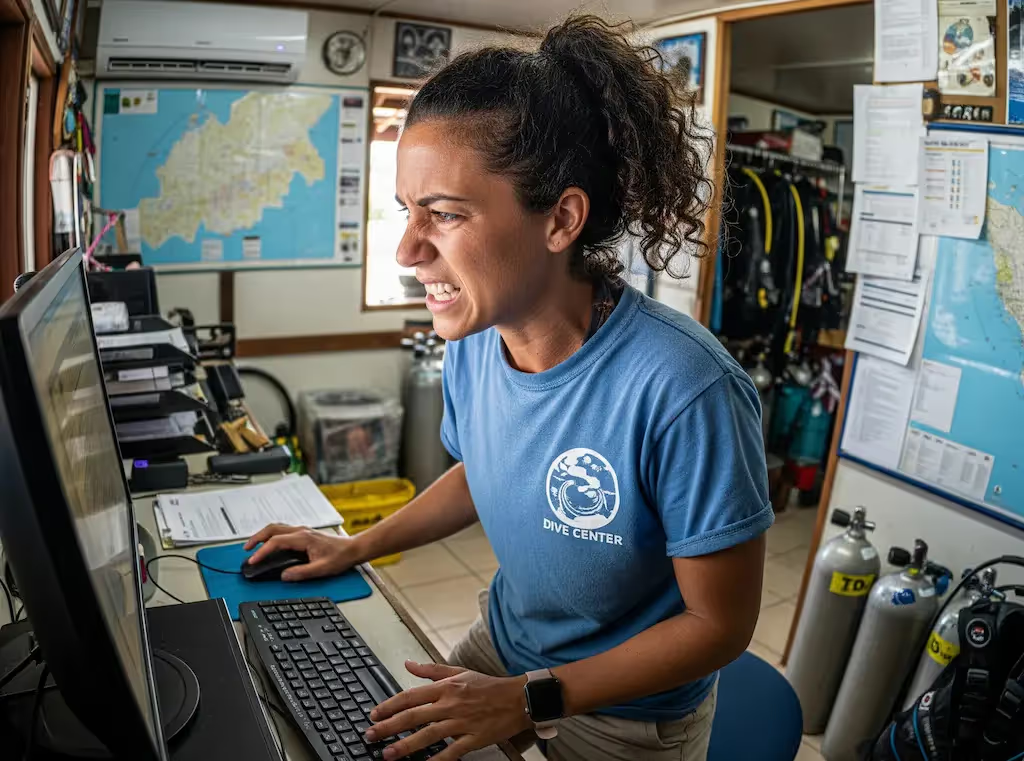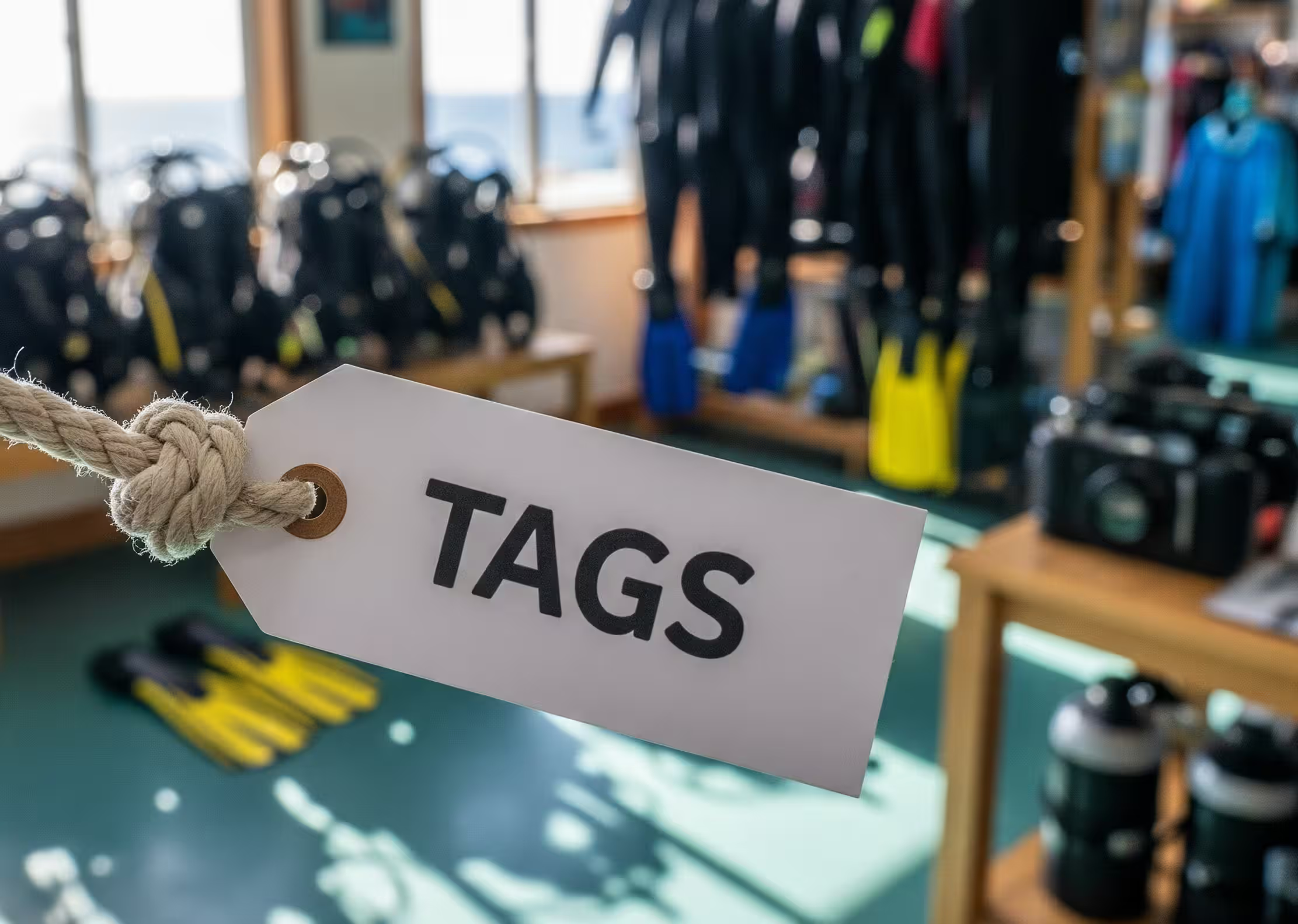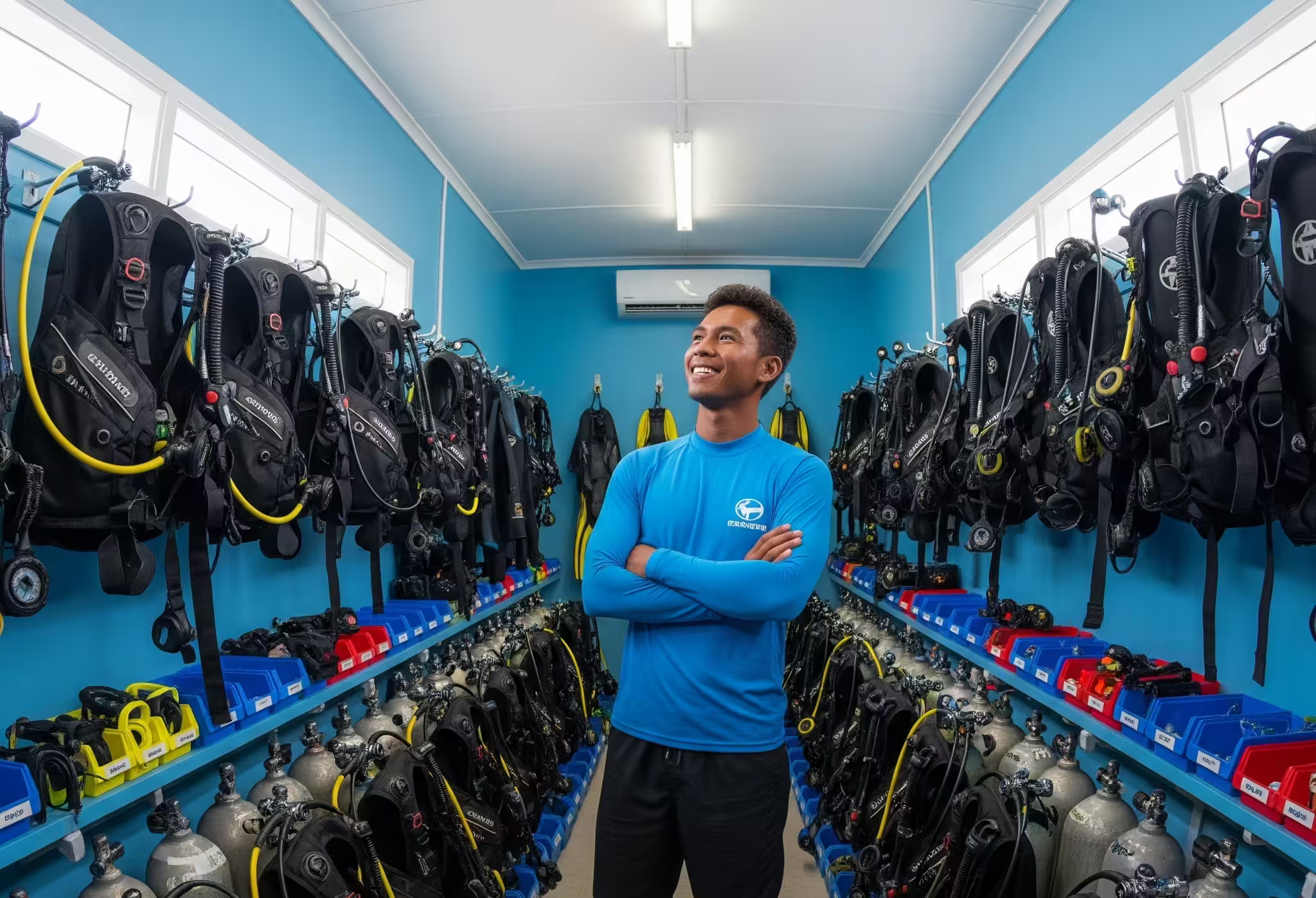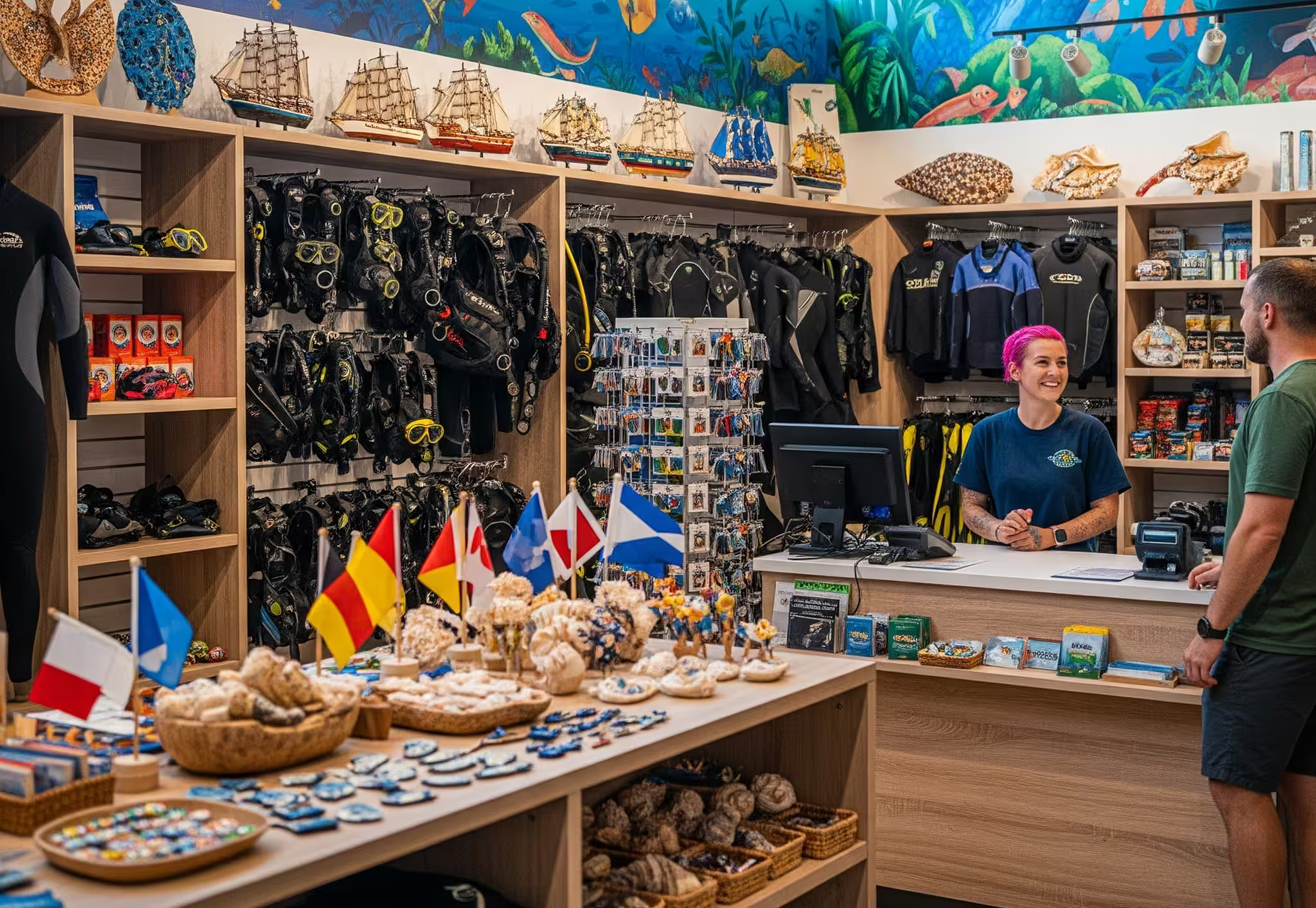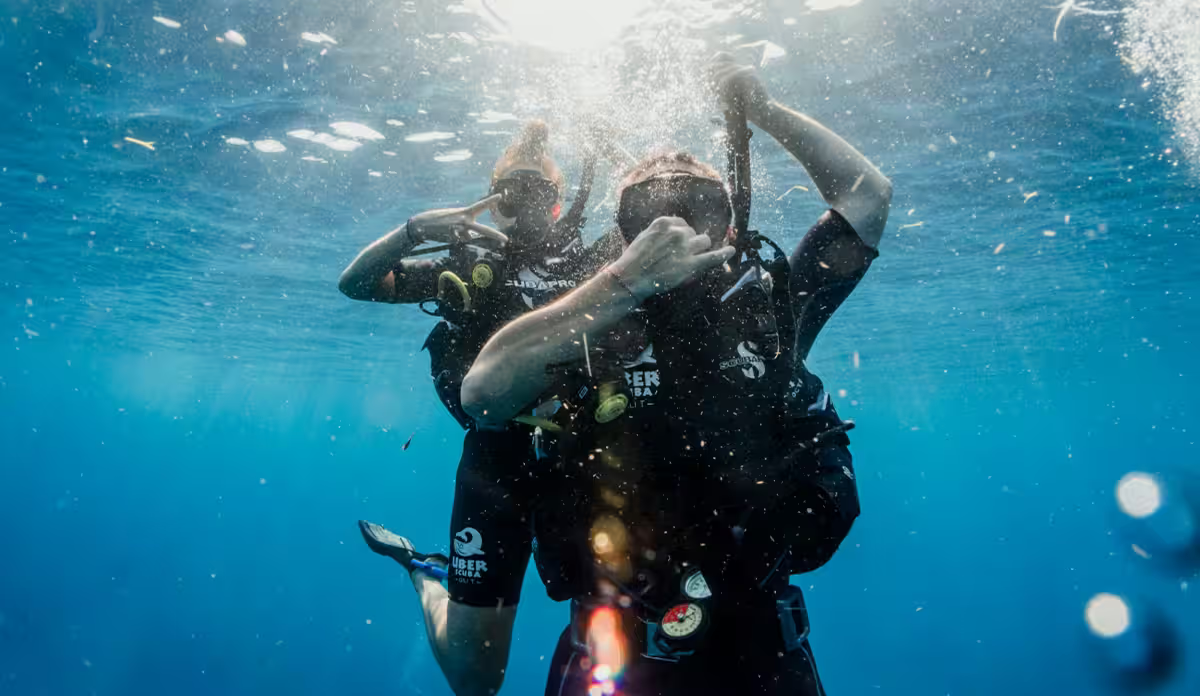1. Why Foot Traffic Matters for Dive Centers
As we move into 2025, dive centers face the challenge of drawing in more foot traffic in an increasingly competitive market. While traditional methods remain valuable, emerging trends and technologies provide exciting opportunities to engage customers and attract visitors. Foot traffic is more than just a number—it’s a critical indicator of success. More visitors lead to increased bookings, higher sales of equipment or courses, and stronger customer relationships.
A consistent flow of guests not only boosts revenue but also elevates your dive center’s visibility and reputation within the community. Monitoring and analyzing foot traffic helps businesses understand customer behavior, identify peak visitation times, and optimize operations accordingly. As highlighted in this Feedough article, foot traffic serves as a vital metric for measuring business performance and identifying areas for growth.
2. Digital Marketing Strategies to Expand Your Dive Center’s Reach
As highlighted in a Forbes article, digital marketing is one of the most effective ways to generate awareness and interest, helping businesses stand out in an increasingly online world. In 2025, it has become a vital strategy for dive centers aiming to expand their reach and attract customers. Platforms like Instagram and TikTok offer an ideal space to showcase the beauty and excitement of diving through captivating visuals, appealing to a younger, "tech-savvy" audience. Combining social media efforts with targeted advertising, Google Ads, and SEO ensures your dive center ranks high in search results, making it easier for potential customers to discover your services.
A user-friendly website serves as the cornerstone of these strategies, offering visitors a seamless way to explore your offerings, check availability, and book services effortlessly. Together, these digital tools empower dive centers to thrive in a competitive market, expand their reach, and build strong connections with customers through engaging and accessible online experiences.

Diversdesk takes these advancements further by offering dive centers a fully digital solution for managing operations seamlessly and efficiently.
3. Integrating Technology in Managing Dive Center Operations
Technology plays a crucial role in transforming dive center operations and enhancing customer experiences. Digital booking systems simplify reservations with real-time availability, reducing administrative tasks and improving overall convenience. By leveraging analytics to track foot traffic and understand customer preferences, dive centers can refine their offerings and more effectively target the right audience. Furthermore, tools for staff scheduling and resource allocation enhance efficiency, creating a seamless and welcoming environment that boosts satisfaction and loyalty.
4. Driving Sustainability Through Eco-Tourism and Community Engagement
Offering programs such as reef restoration projects, marine life conservation dives, and plastic-free trips demonstrates a commitment to ocean preservation while providing divers with enriching, educational experiences about marine ecosystems. Organizing community events like beach cleanups further reinforces this dedication, fostering goodwill, strengthening community ties, and enhancing your dive center’s visibility. As highlighted in a Precedence Research report, the global ecotourism market is projected to reach $945.34 billion by 2034, reflecting the growing importance of sustainable tourism. Dive centers that adopt these practices are not only supporting environmental conservation but are also positioning themselves as leaders in shaping a more environmentally conscious future.
5. Focus on Customer Reviews and Referrals
Customer reviews and referrals are vital for dive centers, reflecting the growing trend of social proof and personalized recommendations in the travel industry. Positive reviews on platforms like Google, TripAdvisor, and Yelp enhance credibility and play a significant role in influencing potential visitors who prioritize peer feedback when choosing services. Additionally, referral programs that reward customers for bringing in friends or family align with the trend of fostering loyalty and community engagement. By leveraging authentic customer experiences and incentivizing word-of-mouth referrals, dive centers can attract new adventure seekers, encourage repeat visits, and strengthen their reputation in an increasingly competitive market.
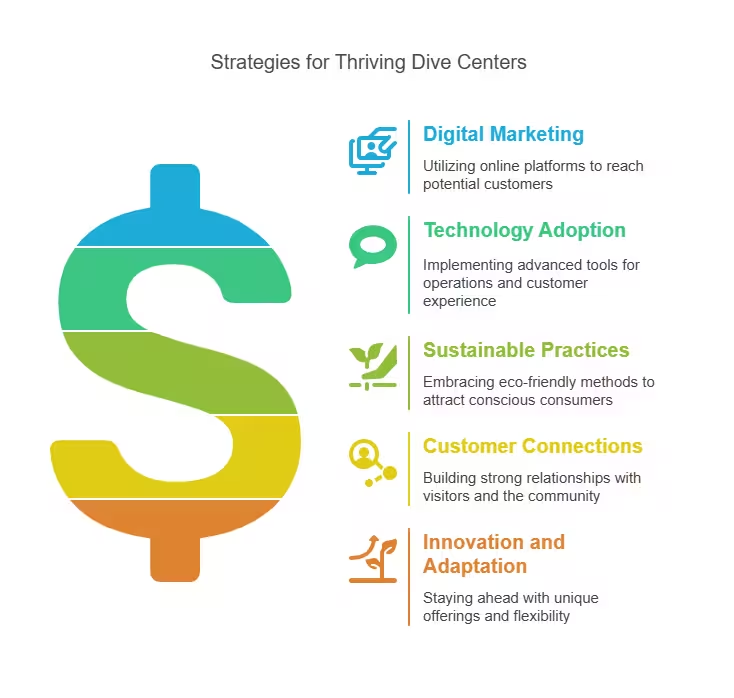
6. Building a Thriving Dive Center in 2025
In my opinion, boosting foot traffic is one of the most important strategies for dive centers to thrive in 2025. By focusing on digital marketing, embracing technology, and adopting sustainable practices, dive centers can not only attract more visitors but also create meaningful connections with their customers and the community. Foot traffic, in my view, is more than just a measure of success, it’s the lifeblood of any dive center, driving revenue, visibility, and stronger relationships.
In my review, the future of dive centers lies in their ability to innovate and adapt to changing trends. Whether it’s leveraging social proof through reviews, offering unique experiences, or using advanced tools to improve operations, I think these strategies are essential for staying ahead in the competitive diving industry. Dive centers that prioritize these efforts will not only grow but also become leaders in shaping the future of diving.


